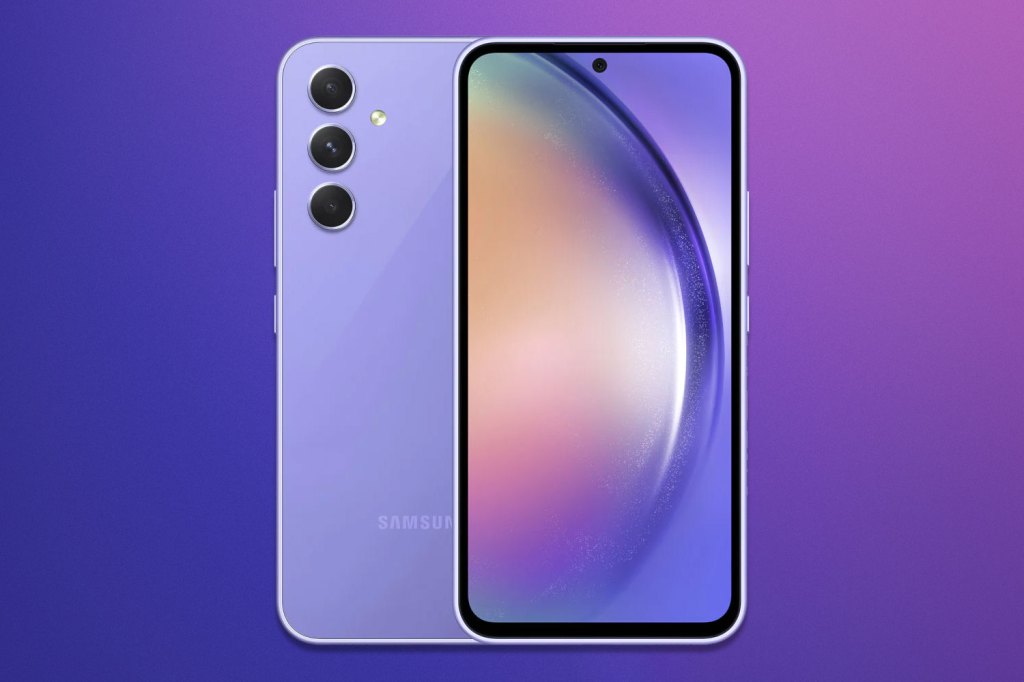
(TNS) — You may have heard the news that the “Xfinity 10G Network” will soon be scrubbed from Comcast’s advertising in light of a recent advertising board recommendation.
The move by the Philadelphia-based telecom giant will have no impact on existing customers or the service they receive.
But it may have prompted some questions: What is 10G? Is it similar to 5G? And uh, what is a “G” anyway? (There are multiple answers.)
Here’s what you should know about the recent Comcast decision, as well as generations, gigabits, and how they play into the networks you use every day:
What happened with Comcast, 10G, and the advertising board?About a year ago, Comcast started describing its internet network as the “Xfinity 10G Network” in online and TV advertisements. Verizon, a competitor, challenged this description with the National Advertising Division (NAD) of BBB National Programs, which recommended Comcast discontinue using “10G” (which in this case refers to the number of gigabits per second) to describe its network for a variety of reasons:
- Only one of Xfinity’s plans, the $300-a-month Gigabit Pro plan, is capable of reaching 10 gigabits per second, commonly known as Gbps, and requires a fiber line to be installed. Many Comcast customers do not see these faster speeds.
- “10G is the aspiration,” the division wrote in October, as Comcast, like other Internet providers, makes improvements and investments with the goal of some day having a fully 10G network.
- Some consumers think of 10G in relation to the 10th generation of mobile technology, which would be steps above the current 5G network, a message that would be “unsupported,” the NAD wrote.
Comcast appealed the finding.
Last week, an appellate panel of the National Advertising Review Board (NARB) responded. While it found that the advertising did not constitute an “unsupported” comparison with 10th-generation technology, it agreed with some other concerns brought up in the initial recommendation. It recommended that Comcast discontinue the use of “10G” in the context of the “Xfinity 10G Network” or in any other way to describe the network as a whole. Comcast can still use “10G” in other contexts as long as they are “not false or misleading.”
“10G expressly communicates at a minimum that users of the Xfinity network will experience significantly faster speeds than are available on 5G networks,” the NARB panel concluded, according to a recent statement from BBB National Programs. But “the record does not contain any data comparing speeds experienced by Xfinity network users with speeds experienced by subscribers to 5G networks.”
What does Comcast have to say about the recommendation?Comcast disagrees with the recommendation, saying it makes 10G-capable service available to 98% of customers upon request. It will comply in discontinuing the use of “Xfinity 10G Network” in advertisements. In other marketing contexts, it will continue to use “10G.”
“We are fine just removing the word network to resolve this and move forward,” spokesperson Joel Shadle said this week in an interview. “While there is no express timetable for when we have to alter that, over the next few weeks we’ll begin to remove the reference to ‘network’ in relation to 10G.”
And he stressed to customers that its technology and service will remain unchanged.
“That is what customers should take away from this,” Shadle said. “While our branding may be changing slightly, the products and the services we deliver to them will continue to be super-reliable, fast, low-latency.”
What is 10G exactly?“10G is the brand that represents the next-generation cable broadband network that has been tested in the lab, tested in the field, and is now being deployed in some locations in the market that will eventually deliver speeds of 10 gigabits per second to consumers,” said Brian Dietz, spokesperson for NCTA — The Internet & Television Association, the industries’ trade group.
So does that mean any use of the term “10G” is currently aspirational?
“It’s aspirational in the fact that it’s coming in the future, but it’s not aspirational in the fact that it will be delivered,” he said. “The network will be able to accomplish those speeds.”
What is 5G? Is that related to all of this?So, “5G” could be referring to 5 gigabits per second in terms of the wired network.
But you’re probably used to seeing “5G” referring to the wireless network, i.e. in the top right corner of your iPhone screen when you’re not on WiFi.
In that context, “5G” refers to the fifth generation of mobile technology.
“Generally, ‘5G’ refers to wireless service whereas ‘10G’ refers to wired service,” Dietz said. But “certainly it’s worth consumers asking and testing out the networks themselves.”
How many Comcast customers actually have its 10G technology?Comcast doesn’t provide those numbers, with Shadle saying the company has never broken down customers by speed tier.
But Comcast’s highest-tier Gigabit Pro is “a 10G symmetrical service … for the most advanced, sophisticated homes at a price point that is sort of equal to that very high-end speed.”
The service costs $299 a month, plus a $19.95 a month equipment rental fee. There’s also a $500 installation fee and an activation fee of up to $500.
Do I need 10G?At the moment, it’s highly unlikely, unless you’re an early adopter or “power user” of technology, Dietz said.
But given recent advances in spatial computing, such as the new Apple Vision Pro, it’s not hard to imagine a future in which more people need stronger networks for their daily lives.
“We see new innovations and technologies demanding faster speeds, lower latency, and more security. Those are all of the attributes of the 10G network,” he said. “You can just imagine in the coming years that we’re going to see more and more of those innovations being introduced.”

